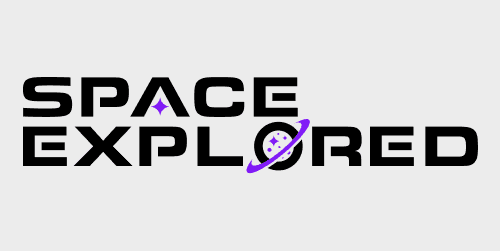
NASA’s first hot fire test of the Artemis I booster took place on January 16th. This first test exceeded NASA’s preset hydraulic limits when gimbaling the motors. Exceeding these conservative limits during flight would not have caused malfunctions, nonetheless, NASA decide to conduct a second test to gather more data.
Yesterday, at NASA’s Stennis Space Center, the SLS core booster for Artemis I ignited its four RS-25 engines for 8 minutes and 19 seconds. The teams conducted a series of tests involving throttling to different power levels and gimbaling each of the four engines.
All appeared normal during the test, as 330,000 gallons of water were poured over the flame deflector every minute. Holding over 733,000 gallons of liquid hydrogen and oxygen, the core stage of SLS is massive, and only one part of the system that will return us to the moon.
What comes next for SLS?
Currently, engineers are looking through all the data gathered from yesterday’s test. Once this core stage has been refurbished, it will be shipped to Kennedy Space Center in Florida. Then, it will be combined with the Solid Rocket boosters which were stacked earlier this year. Once the rocket has been fully stacked, with its interim stage and Orion Capsule on top, NASA will work on their final preparation for the launch of Artemis I in the next year.
Artemis I will be an uncrewed test flight around the moon. The first crewed flight of SLS, Artemis II, is currently targeting a launch in 2023.
Want to help support Space Explored?
Shop on Amazon to support Space Explored Writers.
Enjoy reading Space Explored?
Help others find us by following on Apple News and Google News. Be sure to check us out on YouTube, Twitter, Facebook, and Instagram, join our Discord!
FTC: We use income earning auto affiliate links. More.




Comments